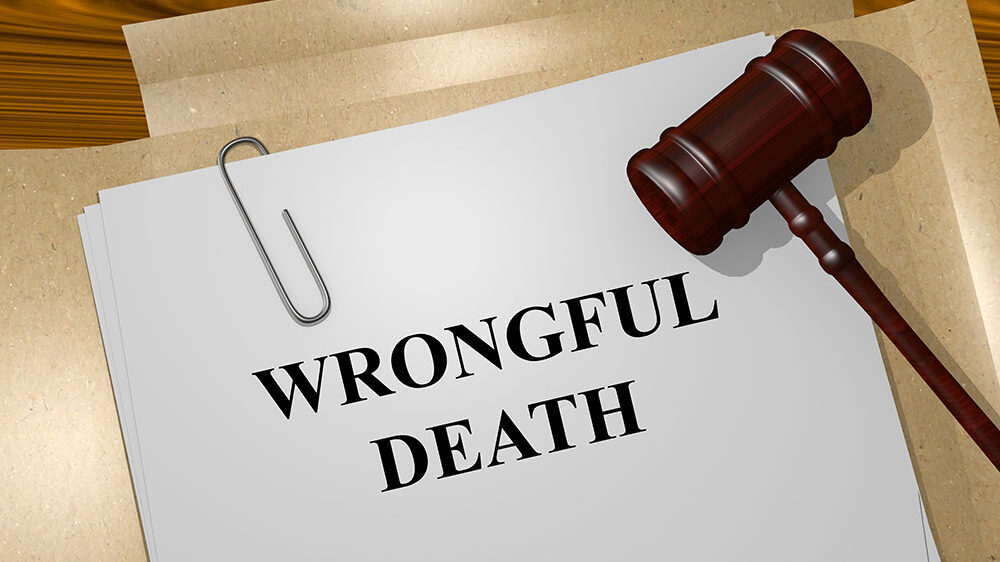Fatal Workplace Injuries Wrongful Death
October 29, 2022

The spouses and families of workers who are killed in workplace accidents may have coverage, or indemnity benefits for wrongful death through Workers’ Compensation. A fatality is considered work-related if it is due to a specific injury or occupational disease or condition. However, the amount of compensation may not be sufficient to help a family readjust to the economic realities of life without the deceased family member’s salary.
If it is determined that the worker’s death was the result of a compensable injury, the surviving spouse and any minor children or other dependents as defined by law, may be entitled to cash benefits.
There may be additional funds for funeral expenses.
When an unexpected tragedy occurs, a family may be overwhelmed with grief. The emotional pain and suffering can feel intolerable, and healing from this type of tragedy often takes years. If the deceased family member was the sole or primary wage earner in the family, the grief and pain is compounded by the realities of an uncertain future. The best course of action is to consult with an attorney who specializes in workplace and other personal injury and workplace fatality cases.
Contact an Experienced White Plains Wrongful Death Lawyer Today
Marvin A. Cooper is a law firm that has been helping clients receive the compensation they deserve for decades. We understand that along with the highest quality legal counsel, you should be treated with compassion and kindness. We have been helping our clients receive the compensation they need and deserve for decades and we can help you too. Contact Us or Call Us Now (914) 809-9945.
“Wonderful experience.
Very knowledgeable and responsive!
— I definitely recommend them
to anyone in need of a great attorney”
"Thank you for making the dream of recovery a possibility for me. I appreciate you being so kind and helpful, even when I felt like giving up. I am so grateful for all that you've done.”
"Thank you for making the dream of recovery a possibility for me. I appreciate you being so kind and helpful, even when I felt like giving up. I am so grateful for all that you've done.”
★
★
★
★
★
